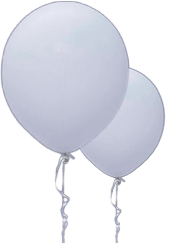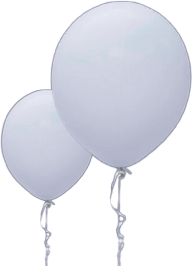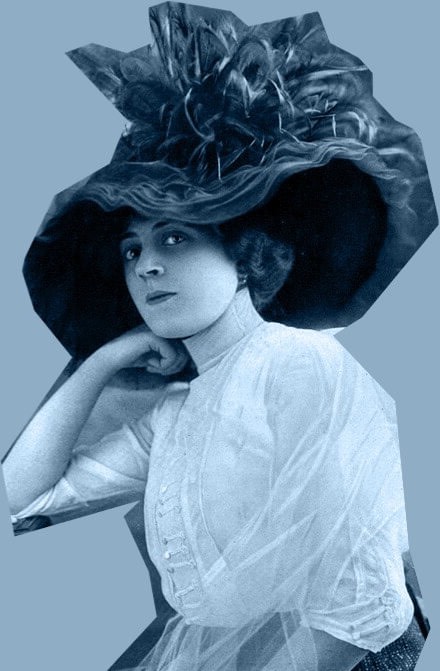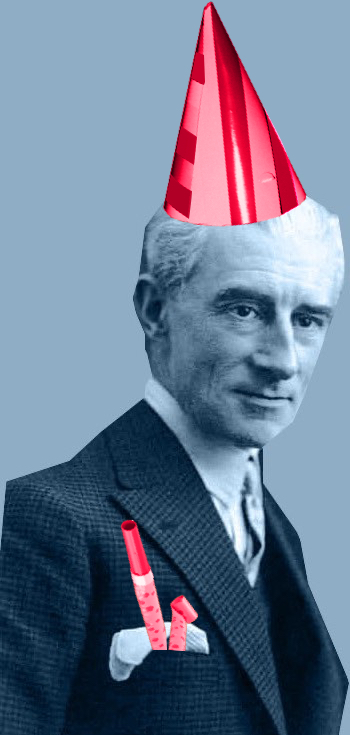7 March 1875
Happy 150thMaurice

7 March 1875

Happy 150thMaurice

We are in Paris at the end of the Roaring Twenties. Monuments and clubs glow with electric
lights and the streets of Montmartre echo with the notes of jazz, brought to Europe by
American soldiers. While Coco Chanel creates the little black dress and Elsa Schiaparelli
launches her N°1 collection, women wear their hair short and dress à la
garçonne.
The city is a cultural, musical and artistic ferment.


Ida Rubinštejn, a former prima ballerina with the Ballets Russes and now also a producer, decides to stage a ballet “with a Spanish character” to be performed by herself.


She turns to her friend Maurice Ravel for the music. The composer initially works on the orchestration of a piano suite by Albéniz, but abruptly interrupts this process due to copyright issues. He is running out of time when the maestro takes up one of his brilliant ideas and in a few weeks writes the score.
The piece is a continuous alternation of themes A and B, each of .
The themes develop on the ostinato of the drum and on the armonic accompaniment.
The central aspect of the work is the orchestration of the individual instruments which, repetition after repetition, add and remove themselves, in a majestic crescendo.
On 22 November 1928, the Boléro is staged for the first time at the Paris Opera.
Orchestra
















































The Boléro you are now listening to is conducted by Maurice himself and played by the Orchestre Des Concerts Lamoureux in 1930 in Paris
Each stripe represents the repetition of a theme A or B of 18 bars. The instruments involved in the performance will be coloured above
You can let the piece play and enjoy it or you can scroll down the page and see the changes in orchestration
The tempo used by Ravel is ♩ = 72. Each theme lasts about 49 seconds
There are almost 5000 official recordings of the Boléro. On average one recording per week, continuously since 1928
Ida performed the Boléro as prima ballerina with the company she founded, after leaving the Ballets Russes at the height of its success
The Ballets Russes (1909 - 1929) involved the best musicians, costume designers and artists of the time including: Chopin, Shumann, Grieg, Stravinsky...
...Tchaikovsky, Debussy, Ravel, Strauss, Rossini, Prokofiev, Handel, Matisse, Bakst, Picasso, Balla, Mirò, De Chirico, Chanel
Ida performed, among others, with Enrico Cecchetti, creator of the famous ballet training method
One of the first to experiment with the Cecchetti method was the ballerina Anna Pavlova, who inspired the cake of the same name.
According to some critics the first musical influences of jazz can be heard in the trombone you are now listening to
Gabriele D’Annunzio was enchanted by Ida’s beauty and cast her in his film “La Nave”, directed by his son Gabriellino
Gabriele involved Ida in a love triangle with the American painter Romaine Brooks
The friendship between Gabriele and Romaine was briefly interrupted when another lover of the poet came to them with a gun
The main light works in Paris at the time were created by the self-taught decorator Fernando Jacopozzi
In 1925, Fernando illuminated the Eiffel Tower with 200,000 light bulbs, 100 km of cable and a small power station on the Seine
In 1917, Fernando was commissioned to reproduce the illumination of a fake Paris by night, to distract the bombs of the German zeppelins
In the last period of her life Ida devoted herself to mysticism, eating only fish. And a glass of champagne a day
At the end of the premiere of the Boléro, a woman exclaimed: "He's crazy". Ravel commented: "That lady, she understood the piece".
Finale